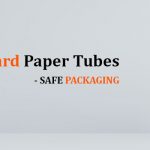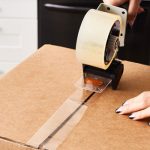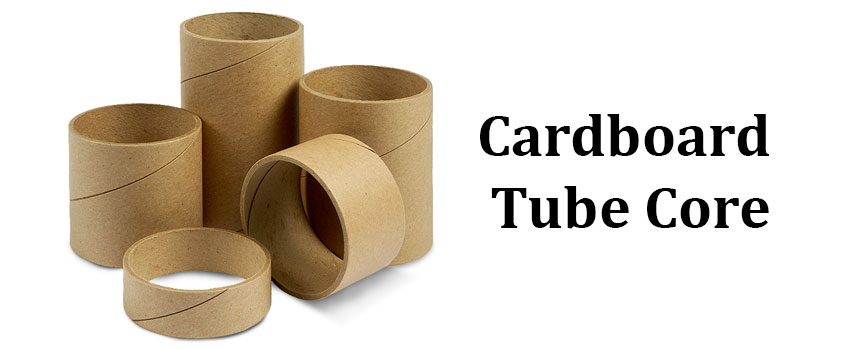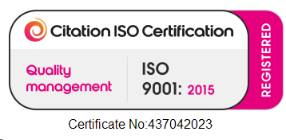Cardboard Tube Core – Cardboard cores and tubes are an essential part of our day to day life. Though we may not be familiar with the fancy name, we are using these each day. From cellophane tapes to toilet papers, everything consists of a cardboard core. These cores are very functional, and they save our time and energy, and therefore it makes our life more stress-free and manageable.
Cardboard cores are a boon to entrepreneurs. Many people in business dread to send their products via mail to their customers. Because the product may be in good condition when it is packed, but during transit and storage in a warehouse, it may get damaged because of pushing, pulling stacking and rough handling. As a result, the end consumer will receive a damaged product. It will create a wrong impression on your brand and will thus affect your business. Moreover, even in a physical store, storing items for an extended period is a nightmare to many as it may get damaged or worn out over time, as wear and tear our collateral damages that happen.
Thanks to the cardboard cores, as they prevent all this from happening. They provide the needed stability and ensure safe storage and transportation of your products. Suppose you are wondering how? We’ve got you covered. In this article, you will get to know about the basics of cardboard cores with its manufacturing process and uses.
What Are Cardboard Tube Cores?
Paper cores are sturdy cardboard cylinders that are used in the packing of things. Mostly it is made using paper pulp fibre; nevertheless, plastic and metal cores are also available in the market. They are used as a sturdy base around which materials are wound for storage and distribution.
There are a wide range of cores available in the market, which includes industrial cores, textile cores, tape cores, flexible film cores, label cores, and many more. The available options are virtually limitless. They are varying wildly in length, wall thickness, inner diameter and outer diameter. Based on the intended usage, manufacturers can produce paper core tubes from heavy-duty thick cardboards or less durable, paper or thinner cardboard.
What Is The Difference Between Cardboard Tubes And Cardboard Cores?
Cardboard/paper tubes are used in the packaging of an item, in which the product goes inside the tube and stays in it to be protected from external damage, heat and moisture. There are used in various ways. Thus they are also known as mailing tubes or postal tubes. Whereas industrial tubes are heavy-duty cardboard tubes which are used for more heavy work like construction.
Conversely, cardboard cores are cylindrical components that are used to carefully wind materials around it, to give the item inner strength and keep it intact.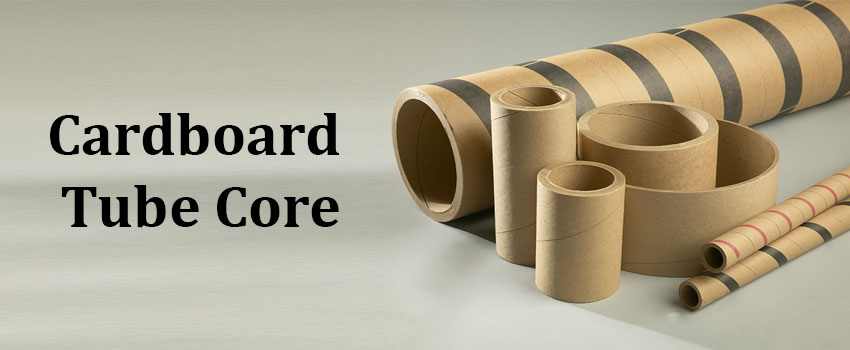
How Are Cardboard Tube Cores Manufactured?
You can widely classify the cardboard cores into two types, the spiral cores and convolute cores. Both these cores have a different manufacturing process.
Firstly, the raw materials are set up to be fed in the machine. The paper that is used is generally 4 inches wide. Depending upon the number of layers, the thickness of the core will vary. The paper rolls are set up at certain angles to ensure seamless spiralling. Then the strips of paper go through a pan of glue. Later they are wound together around a mandrel at an angle. The inner diameter of the core depends upon the size of the mandrel. Finally, as the core comes out of the mandrel a blade which is moving at the same speed as the core, cuts it into required sizes.
Convolute tubes are made by rolling square sized sheet of paper and make the edge of the paper parallel to the axis of the tube. Convolute tubes are of high-quality than the spiral-wound ones, and the price is also high. They are used for a wide range of industrial applications, in textiles, metal foils and even high-pressure applications such as in rockets, fountains, candles and other things.
What Are The Uses Of Cardboard Tube Cores?
- Because they are made of 100 recycled paper, cardboard tubes and cores are eco-friendly, and they reduce your carbon footprint.
- Tape, paper, aluminium foil, plastic foil, film stretches, electrical wires, fabric, cellophane tapes, disposable paper products, dental floss cores, foam, thermal transfer ribbon, stickers and many other products need a cardboard tube core.
- Apart from using it for general purposes, you can use industrial cardboard cores for construction purposes. You can use it as structural supports for concrete pillars and similar structures.
- After it has served its purpose, these can also be used in DIY projects to adorn your spaces.
- Custom paper tubes, serve your needs and boosts your business. Especially in supermarkets, products with good packaging and excellent print will attract attention and stimulate consumers to buy it.
- You can print and colour the cardboard tube core inside and on the surface based on your marketing needs.
- Apart from reducing scrap, it minimizes wastage of your products at the end.
- De careful to do proper research before choosing your trusted core and tubes manufacturer, only then you can stay with peace of mind. And it can reduce your lead time.
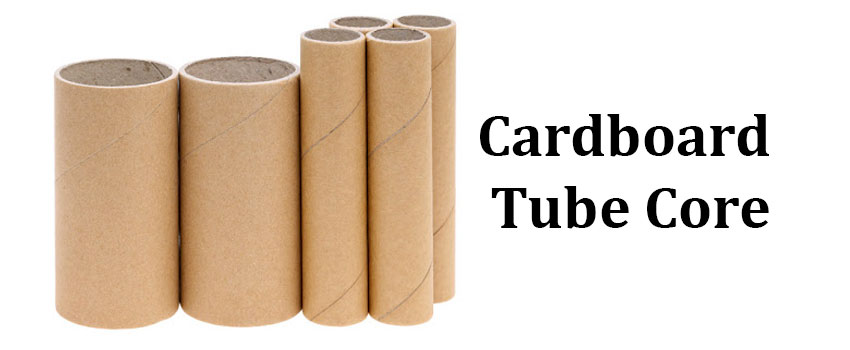
- You can obtain quality cardboard cores made with 100 recycled fibreboard and with 100 tube diameters from leading manufactures like Essex tube windings.
- Cardboard tube cores are recyclable. Moreover, they are odourless, non-toxic, safe and sanitary.
- Concerning its reusability, you will not have to keep spending on it over and over again.
- Because the raw materials used are only paper and glue, it costs less, and therefore you need not be spending a considerable part of your capital for packaging needs.
- Cardboard tube cores are light in weight, and so it doesn’t cost a fortune for shipping. It reduces the freight charges.
- Although made of paper cardboard cores are durable, stale and roust.
- Cores with polished surfaces aid in rotating the disc inside it without the material being tampered or damaged.


